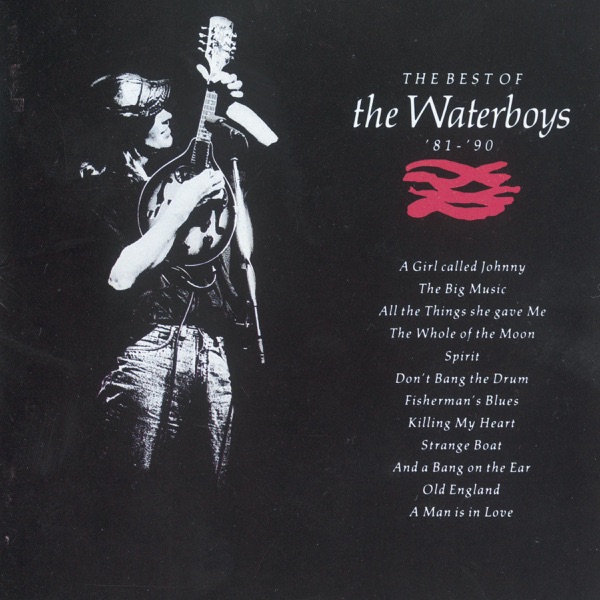
Guy Maunsell saved hundreds of lives by creating the Thames Estuary Seaforts in the Second World War and his grave is in Southborough cemetery.
Looking like something from The War Of The Worlds, the seaforts helped protect Britons from Luftwaffe aircraft and shipping from German e-boats.
In Southborough’s beautiful cemetery you may spot a grave bedecked with flowers and with a model of a strange-looking tower on long legs before it.
This marks the final resting place of Guy Maunsell, an unassuming civil engineer who played a far more significant part in winning the Second World War than his relative obscurity might suggest.
The former Southborough resident created the Martian-like seaforts you can see from North Kent coastal towns like Whitstable, Sheerness and Herne Bay.
He also played a key role in the development of the Mulberry Harbours the allies floated over to Normandy to facilitate the unloading of vital cargo needed by their armies after the 6 June 1944 D-Day landings.
Historian Margaret Flo McEwan (pictured below) looks after Guy's grave and runs the Maunsell Seaforts Appreciation Group on Facebook, which currently has more than 13,000 members.

In this interview, Flo tells West Kent Radio's Brian Johnson about Guy Maunsell, his seaforts, the Mulberry Harbours and how the forts became home to offshore 'pirate' radio stations in the 1960s.
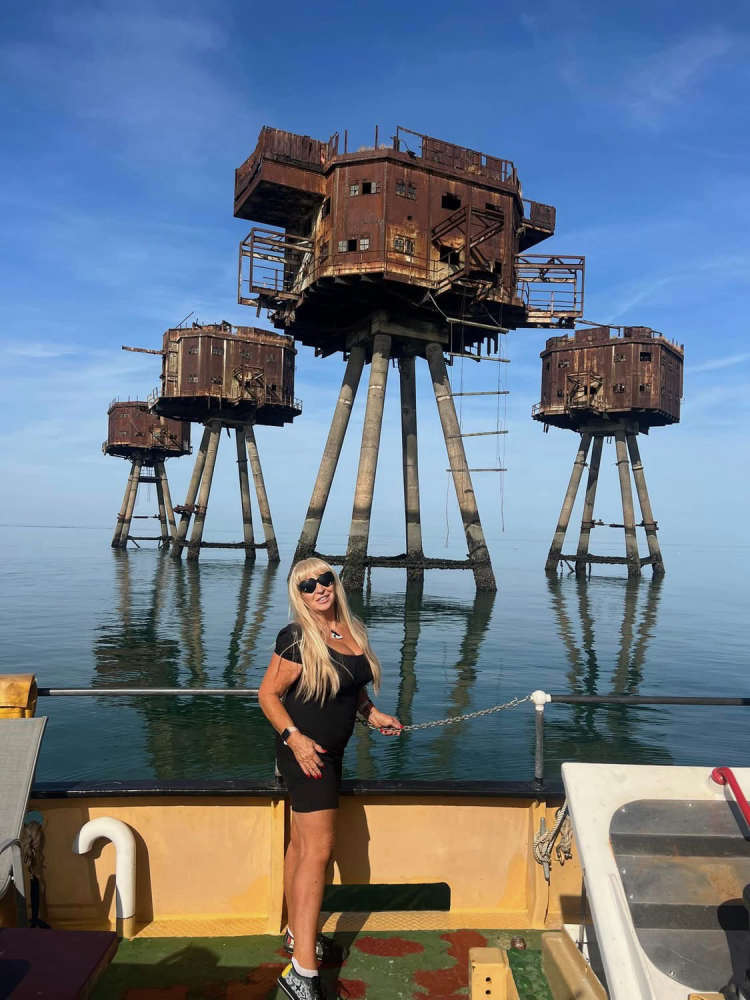 News feature (4 minutes):
News feature (4 minutes):
Full interview (15 minutes):
Protecting London from air attack
Despite being blacked out, Luftwaffe planes could easily find London at night - and avoid land-based anti-aircraft defences - simply by following the glistening River Thames into the capital.
"Guy was tasked with coming up with a solution," says Flo. "He decided to strategically place defences out in the estuary where they could intercept the enemy aircraft as they flew over. They were built under a veil of secrecy at Gravesend in 1941-1943 and then towed out into the estuary by steam tug."
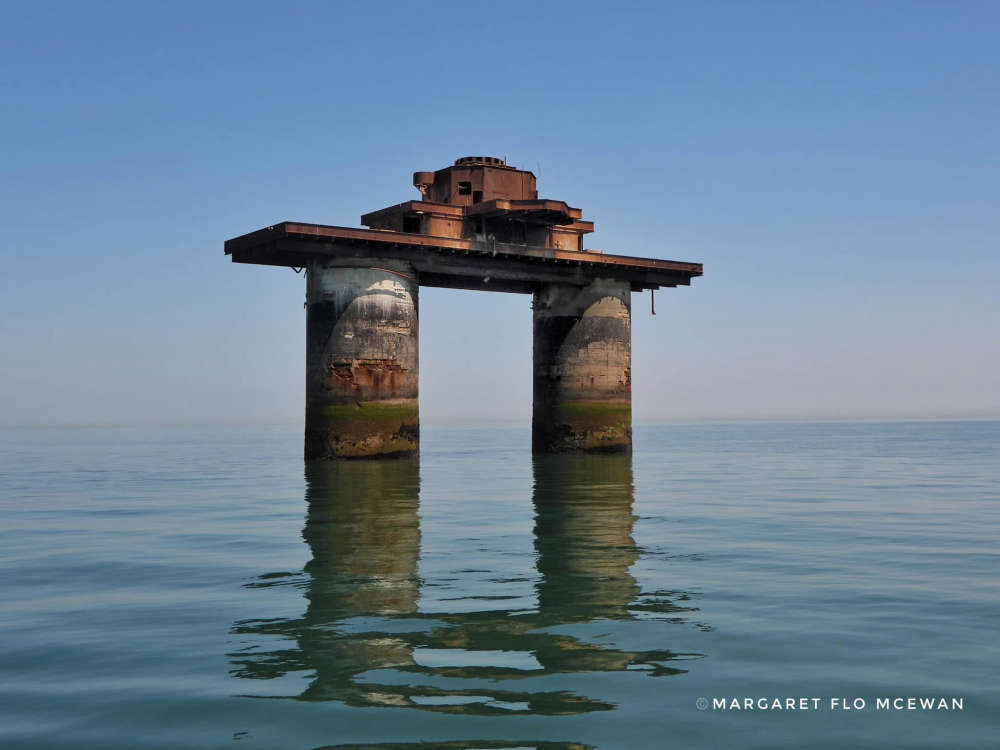 There are two types of Maunsell fort: the navy forts are essentially a platform on two large pillars, while the distinctive army forts are a cluster of seven connected box-like structures on long legs.
There are two types of Maunsell fort: the navy forts are essentially a platform on two large pillars, while the distinctive army forts are a cluster of seven connected box-like structures on long legs.
Although the Luftwaffe threat was diminishing by the time forts went into operation, they still shot down more than 20 aircraft and 30 V1 flying bombs.
"That means there's a whole cluster of families alive today who wouldn't be had it not been for Guy Mausell's amazing engineering skills," says Flo.
Principality of Sealand
Following the closure of most of the pirate radio stations in 1967, one fort - Roughs Tower - remained occupied. It then lay outside UK territorial waters and became the Principality of Sealand.
The principality issues coins, stamps and passports. Some famous people possess, or have possessed, titles from Sealand, including the singer Ed Sheeran and the broadcasters Terry Wogan and Ben Fogle. Flo herself has been made Dutchess of Sealand in recognition of her work to spread awareness of the seaforts and bring their history to life through social media, tour guiding, presentations and photography.
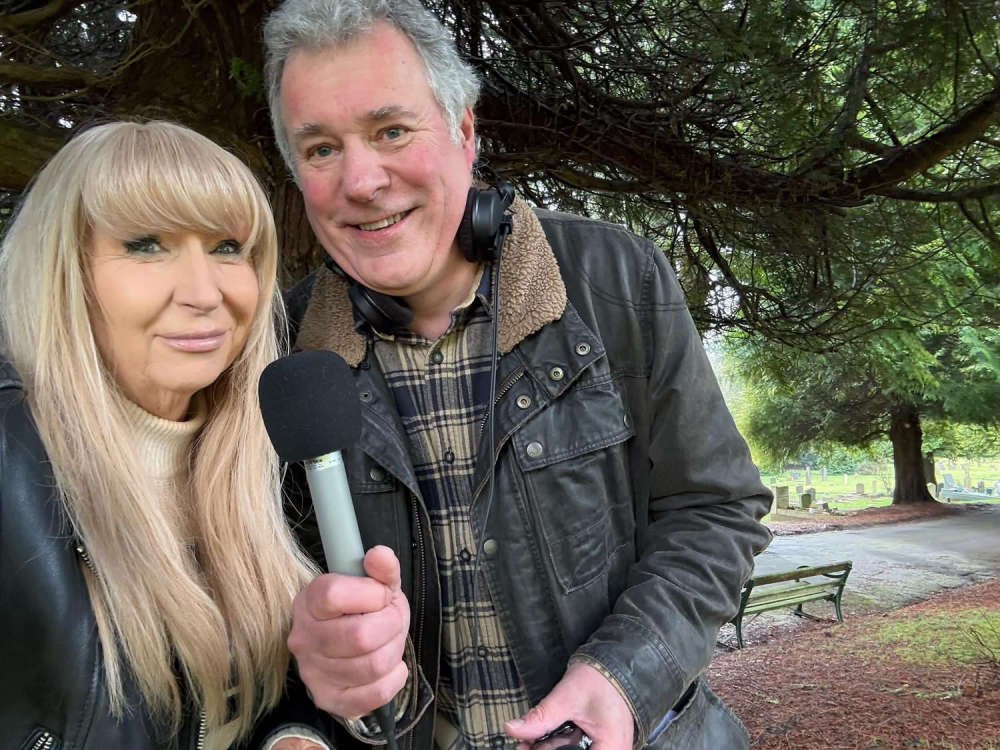 In our longer interview, above, Flo also talks about how she looks after Guy's grave, what it's like to visit the forts and how she has honoured Guy's passing twice by performing a 'victory roll' over the cemetery while riding in the backseat of a two-seater Spitfire fighter.
In our longer interview, above, Flo also talks about how she looks after Guy's grave, what it's like to visit the forts and how she has honoured Guy's passing twice by performing a 'victory roll' over the cemetery while riding in the backseat of a two-seater Spitfire fighter.
You can read more about the Maunsell Seaforts by joining Flo's Facebook group and following her on Instagram.
Pictures: courtesy of Margaret Flo McEwan.
- If you enjoyed listening to this interview, you may also enjoy Battle of Britain class loco honours brave polish pilots.

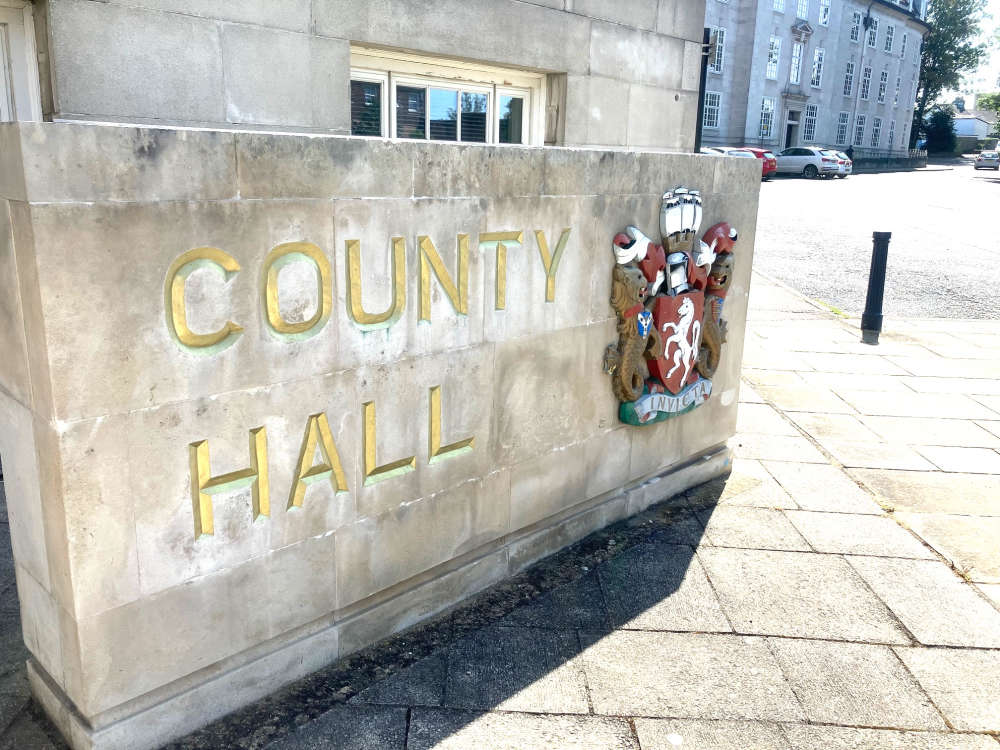 Have Reform Made Savings at KCC?
Have Reform Made Savings at KCC?
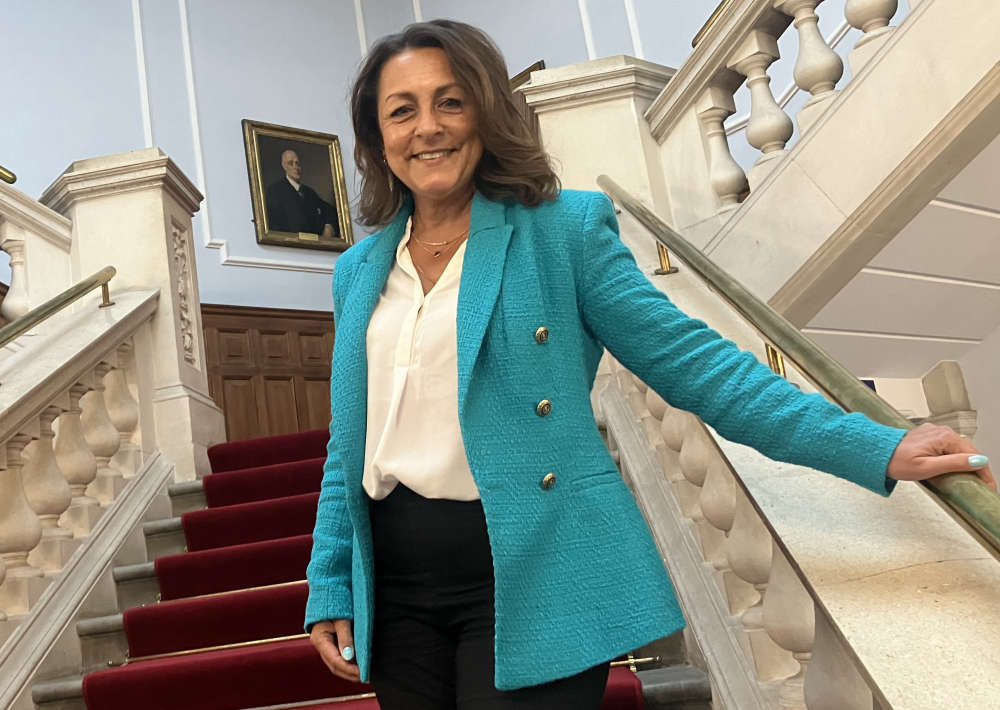 Linden Kemkaren Profiled
Linden Kemkaren Profiled
 Folly Wildlife Calendar
Folly Wildlife Calendar
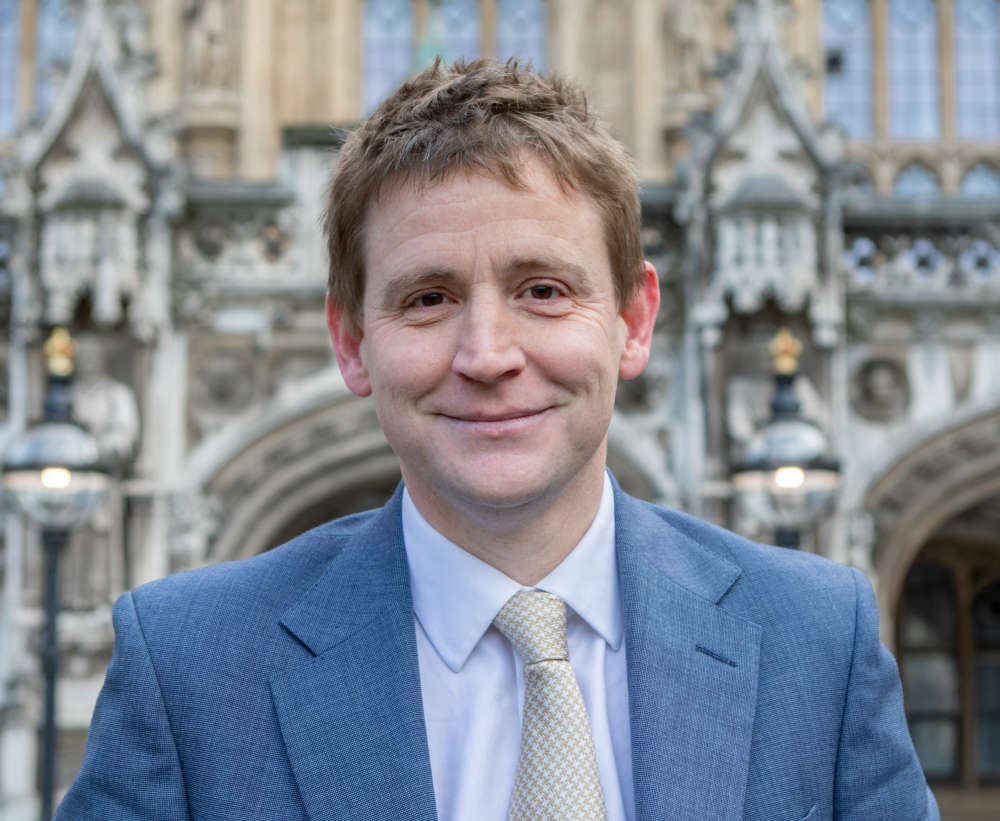 MP's Views on Migration Policy
MP's Views on Migration Policy
 Resisting Asylum Hotels
Resisting Asylum Hotels
 Your Hearing Matters
Your Hearing Matters
 9 Health Features
9 Health Features
 Wellbeing Walks
Wellbeing Walks

